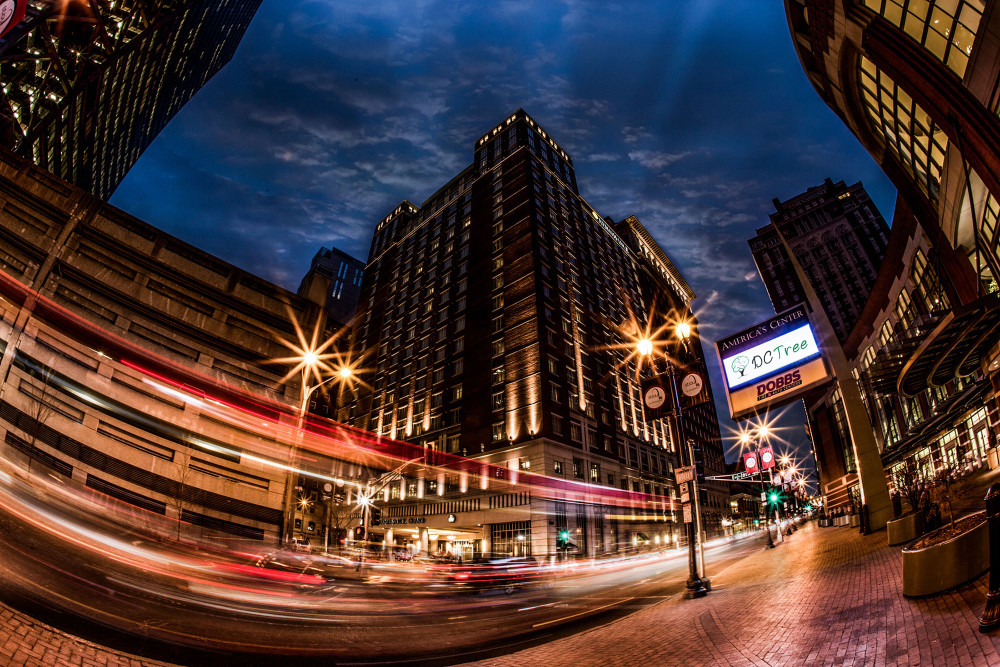Most people know virtually no financial history, so when we have a financial crisis, it seems like it has never happened before. But it has.
The financial panic of 2007–09, with its massive losses revealed, displays the classic patterns of recurring credit cycles. In the bubble that preceded the panic, housing prices and mortgage borrowing rose to unsustainable heights and then crashed back to earth. Millions of mortgage borrowers ended up owing more on their homes than the properties were worth. The housing wealth that people thought they had fell by about $7 trillion. Defaults on mortgages soared. As the crisis deepened and spread beyond the housing sector, a serious recession ensued. The stock market lost more than half its value. Famous banks failed or had to be acquired by competitors able to absorb their losses. Governments in the U.S. and many other countries scrambled to design huge bailouts. Some journalists deluded themselves into thinking they were witnessing the “death of capitalism.”
It was so dramatic that people might be forgiven for believing it was unique. But in historical perspective, we should not be surprised by these travails. We don’t even have to look very far back for another bubble. Only ten years before, as the potential of the Internet became widely realized, the stock market prices of “dotcom” companies rose giddily over several years to spectacular heights, only to go bust in equally spectacular fashion, and a recession followed. In the bursting of the “Dotcom Bubble,” the technology stock index lost nearly two-thirds of its value and almost a decade later still trades at only half its bubble peak.
So, the U.S., in succeeding decades, had first the equity bubble and bust of the 1990s and then the housing bubble and bust of the 2000s. Japan, in the 1980s, had a simultaneous equity and housing bubble and bust.
Bubbles are the unsustainable increase in the price of some asset (houses, most recently) that people end up buying because they believe the price will continue to rise. So, indeed, it does for some time, perhaps several years, strengthening the belief. But when accompanied by large increases in borrowing, bubbles are unfailingly followed by crises, in which borrowers default, lending firms collapse, and the asset prices rapidly fall.




